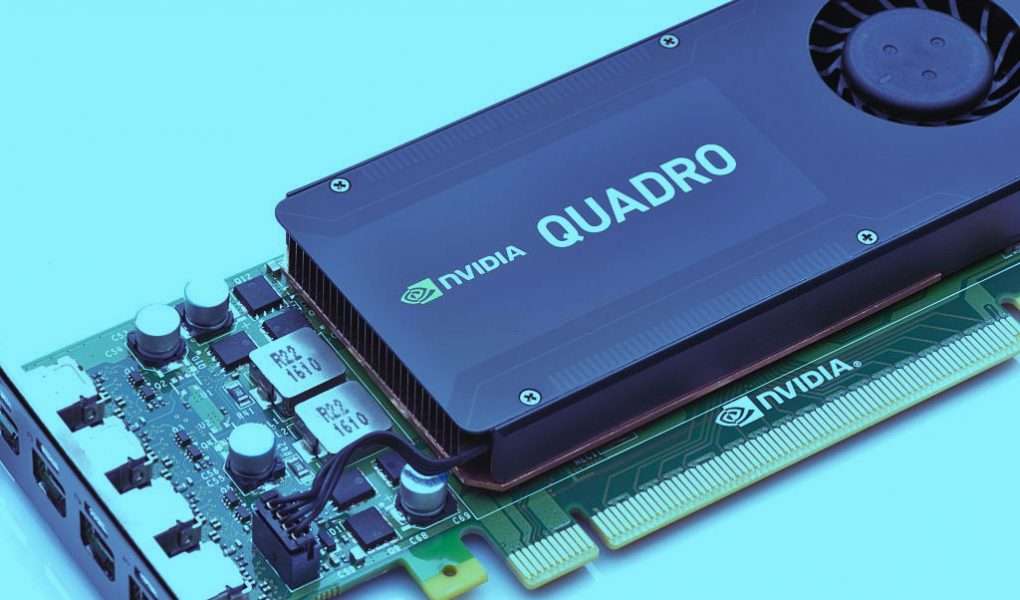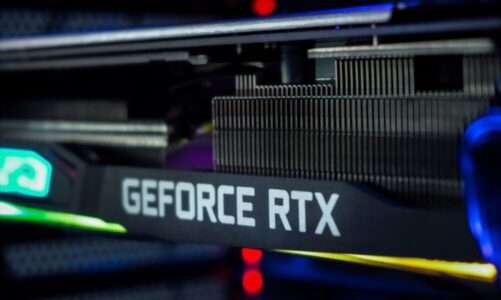Most people are confused about what is a reference graphics card and how is it different from a custom or aftermarket graphics card.
Generally, a “Reference Graphics Card” is the originally designed graphics card from the chip manufacturers like Nvidia or AMD. Companies like XFX, GIGABYTE, MSI, ASUS, Sapphire, etc modify the reference cards with better cooling solutions and extra features for better performance.

When a reference card is modified by a third-party company like ASUS, XFX, GIGABYTE, it becomes a customized or aftermarket card. This is the main reason you find different models of every single graphics card in the market.
People who are new to the PC industry get confused about whether to buy a reference card or an aftermarket card. A reference GPU is the original version of GPU released by AMD or Nvidia. However, to meet the market demand, both Nvidia and AMD send the original PCB design to third-party manufacturers to make GPU available to end consumers.

The aftermarket graphics cards are addressed a bit differently from the reference cards. For example, if a reference graphics card has a base clock speed of 1000 MHz, then the aftermarket version of the same card may get a slight boost in clock speed and even better cooling.
Reference Graphics Cards: The Good & Bad
There are a lot of Pros and Cons associated with a reference GPU. If you are getting your hands on a new GPU, the moment it’s released, then there are high chances that you’ll get a reference card at your door. With a reference video card, you may expect baseline specs no matter what manufacturer you choose.
Most reference chips are shipped with traditional single or dual fans for cooling down the GPU. At this level, you cannot expect a high-end cooling solution on a GPU as you get in an aftermarket graphics card.
Moreover, almost every reference graphics card uses the traditional blower-style design that pumps hot air out of the GPU towards the rear end of your PC case.
Due to the blower-style design found in most reference cards, you are more likely to witness higher temperatures and noise even if the GPU is not under the full workload. Aftermarket graphics cards on other hand make use of higher quality fans to efficiently dissipate the heat.
AMD is still sticking to the blower-style design in their reference chips. However, Nvidia has taken a step further in their “Founders Edition” GPUs in the RTX 2000 Series, and now you’ll find a dual-axial fan design with a metal body in most RTX reference cards.
Although Nvidia gave its reference models eye-catching aesthetics, they still stick to the traditional clock speeds. This means no overclocking at all even if you have a card that looks similar to an aftermarket variant.
Furthermore, you’ll find a lot of features lacking in a reference GPU like RGB lights, metal backplate, BIOS switches, etc.
Which One to Buy: Reference Card or Aftermarket Card
Well, you have to keep in mind a lot of factors before making your purchase in this case.
First of all, there’s a huge difference in the design and price of reference and aftermarket card. The design of the reference card is simple and neat, and a GPU like this fits easily inside PC cases with low space.
Aftermarket cards on other hand are equipped with bulky coolers and need a spacious PC case. So, the overall design of an aftermarket GPU is broader than that of a reference card.
Another thing to consider is the difference in pricing between a custom GPU and a reference one. Usually, reference video cards from Nvidia and AMD are cheaper as compared to aftermarket cards. Extra investment in cooling and design increases the overall cost of an aftermarket card.
So if you don’t care about loud noise and higher temperature on a GPU, and all you care about is getting the most bang for your buck, then go for a reference GPU. At the same time, if you want more aesthetics on your video card, higher clock speed, and lower-noise levels, then aftermarket GPUs offer all these values at a premium price.

Hi, I’m the author and founder of this blog. I have more than 10 years of experience in the industry. Throughout my journey I’ve tested and reviewed hundreds of graphics card for custom PC builds. I believe my knowledge and experience will help you choose the card that really falls to your needs and budget.



